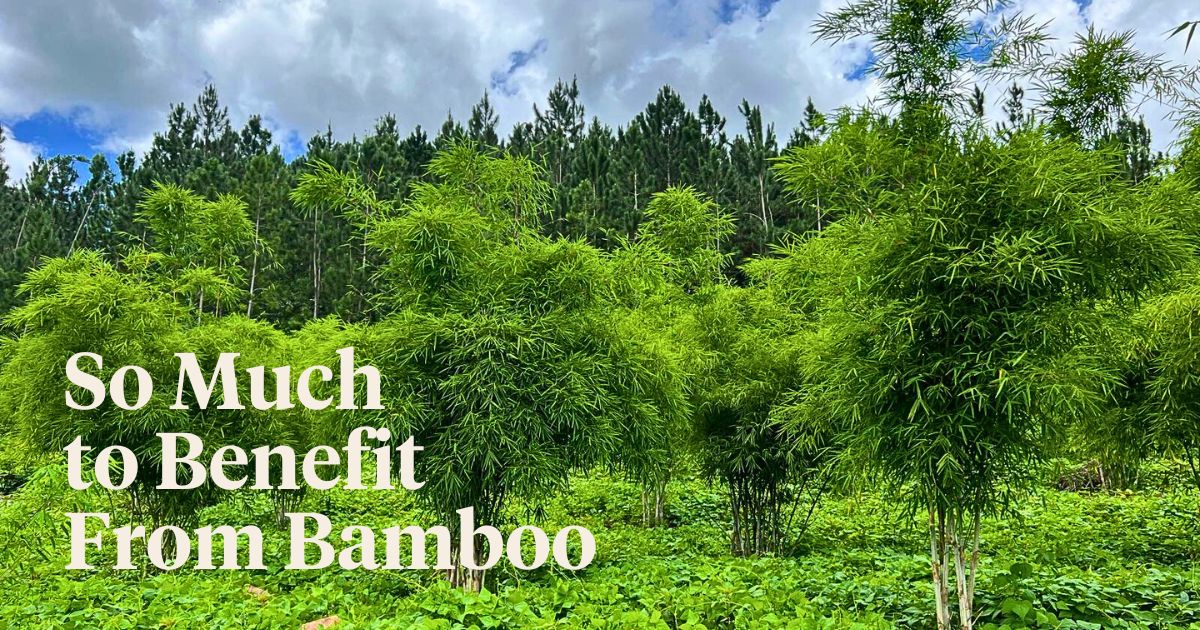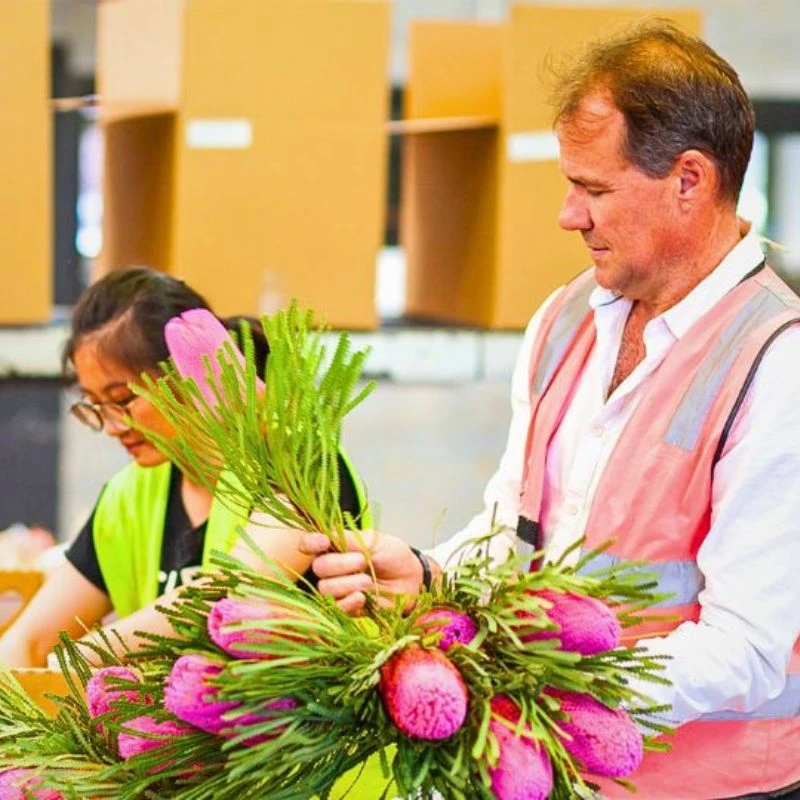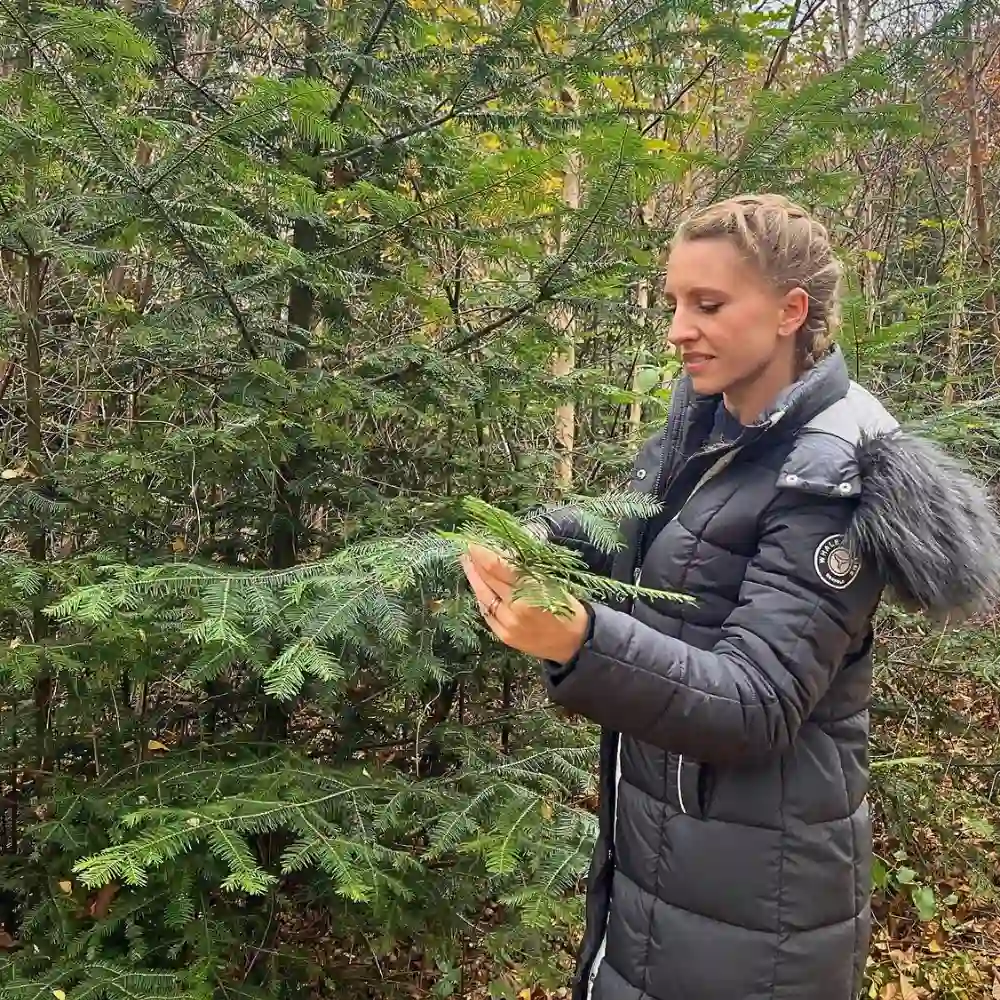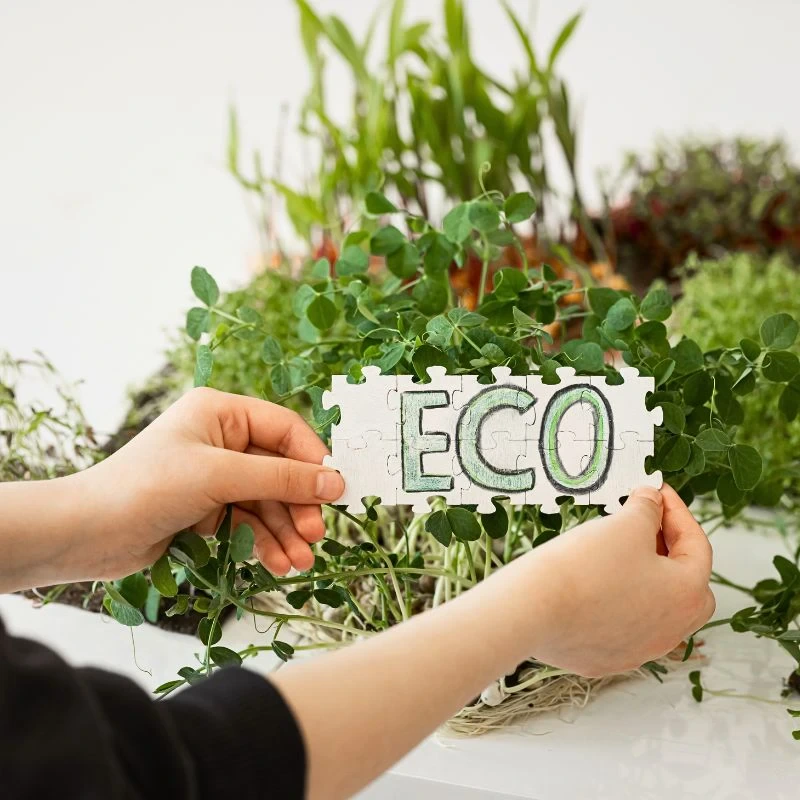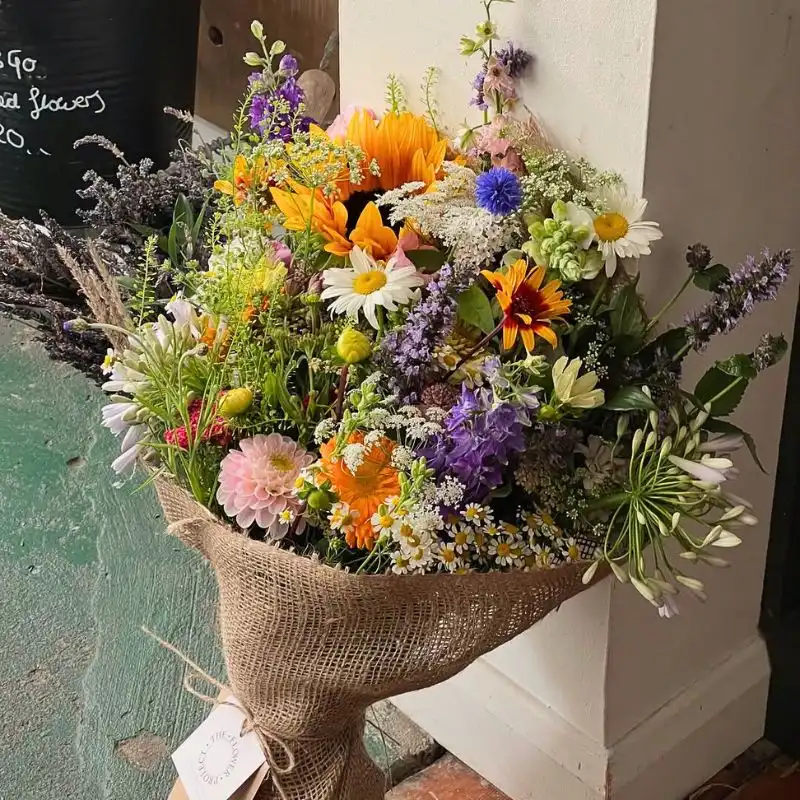Have you ever heard of Bamboo Village? Well, no, it is not a holiday resort. It's something else. A place that does something good for nature and the planet. Located about 150 kilometers northwest of Uganda's capital city Kampala, is Bamboo Village's first certified bamboo plantation. And it's impressive!
This plantation, maintained with the help of the locals, positively impacts the community. At a local level, it creates employment, provides bamboo as a valuable resource, and greens the landscape. Beyond that, it does a lot more. Here's what you'd want to know about this unique initiative that's empowering local communities and helping in environment conservation efforts.
The Idea of Bamboo Village
Henri Potze — known from the Greenhouse Sustainability organization — is a Dutch entrepreneur with a passion for sustainability and a background in horticulture. He established Bamboo Village in 2018. Driven by a vision to combat climate change and poverty, he recognized the potential of bamboo as a sustainable solution in East Africa.
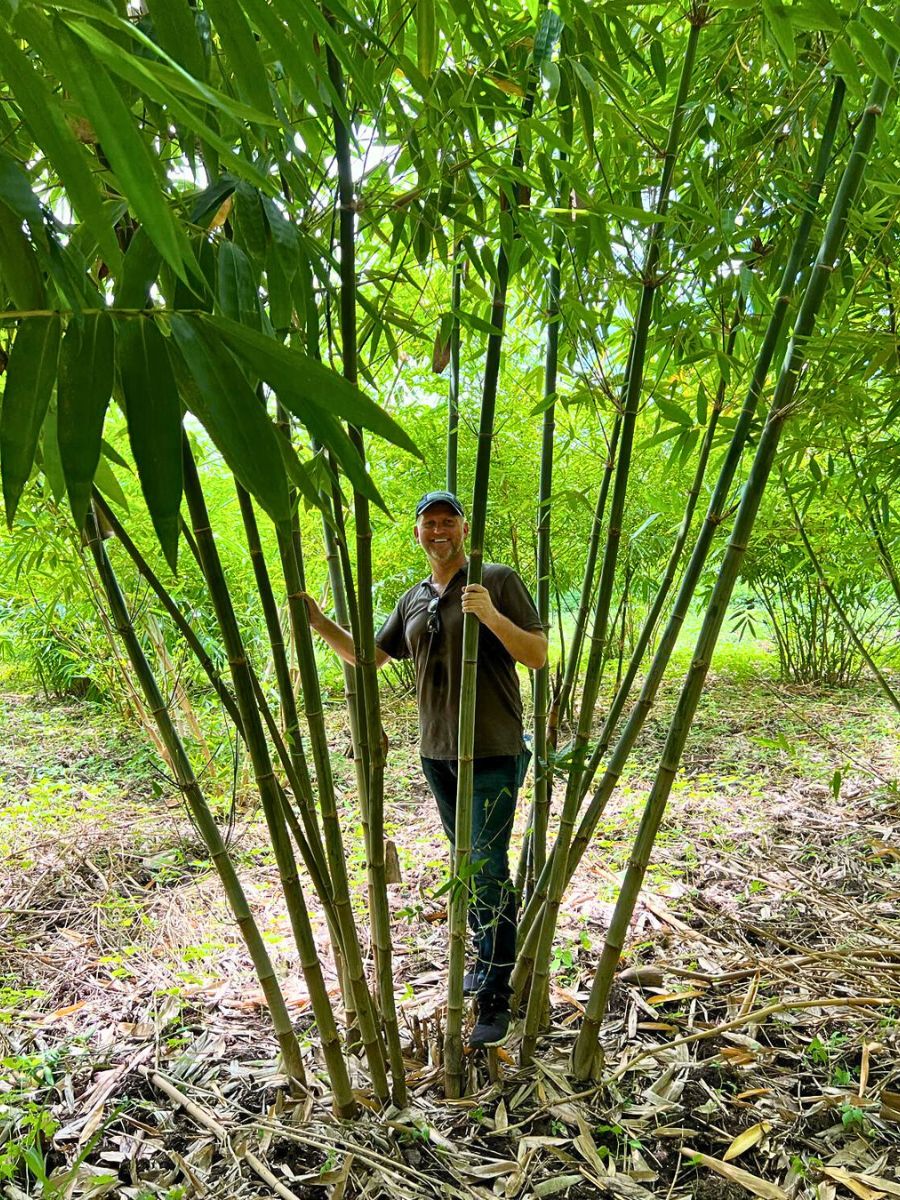
Inspired by the success of bamboo initiatives in Asia and Latin America, Potze envisioned a project that would not only restore the soil and provide affordable housing materials in Uganda but also create employment opportunities and foster economic growth. Bambo Village, initially conceived as a simple bamboo nursery, has grown into a multifaceted endeavor.
The project employs local villagers in the country's Nakasongola District to cultivate bamboo, empowering them to become eco-entrepreneurs by producing and selling their own bamboo products. This initiative not only generates income but also builds local skills development.
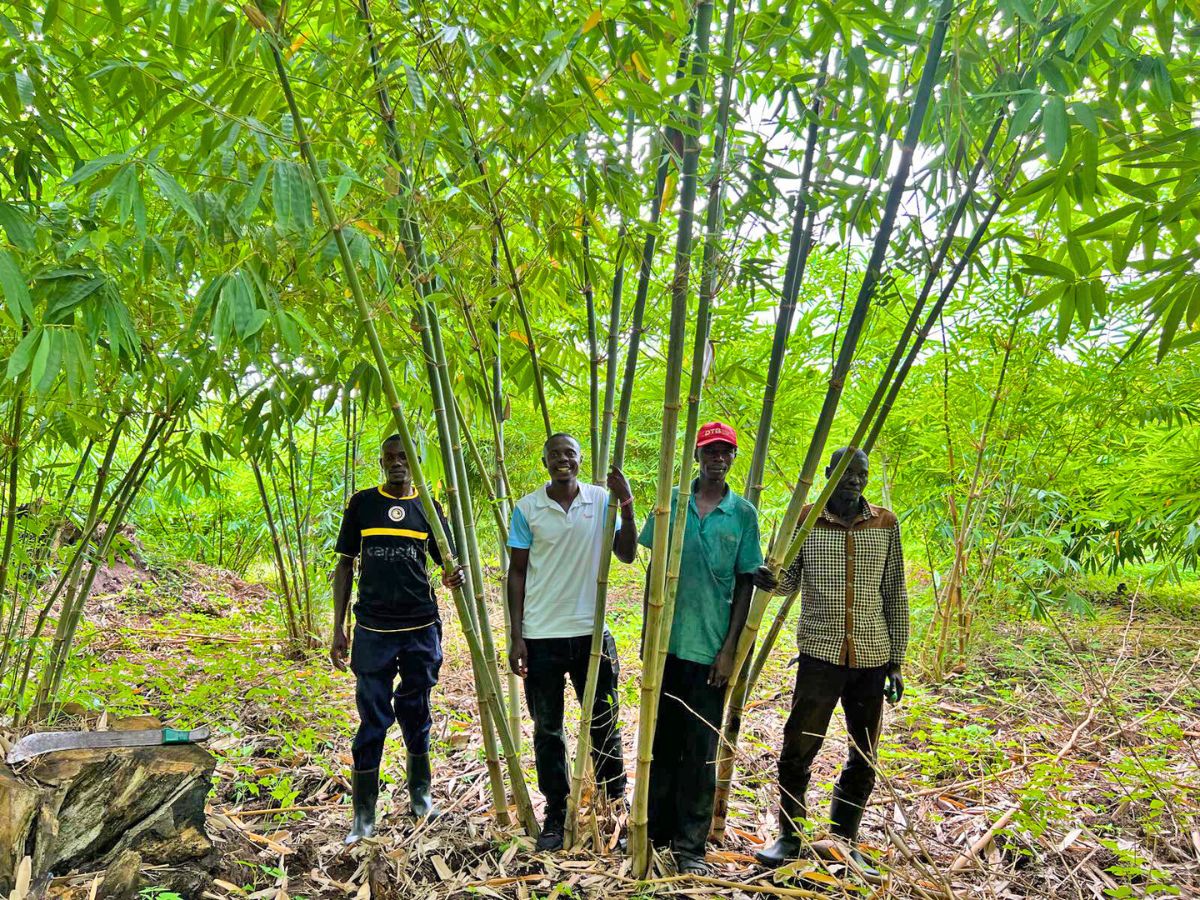
The BVU further encourages international businesses to invest in Uganda's economy by offering them the opportunity to offset their carbon footprints through bamboo planting initiatives. It essentially provides a platform for sustainable development, serving as a model for tackling environmental and social challenges in Uganda and beyond.
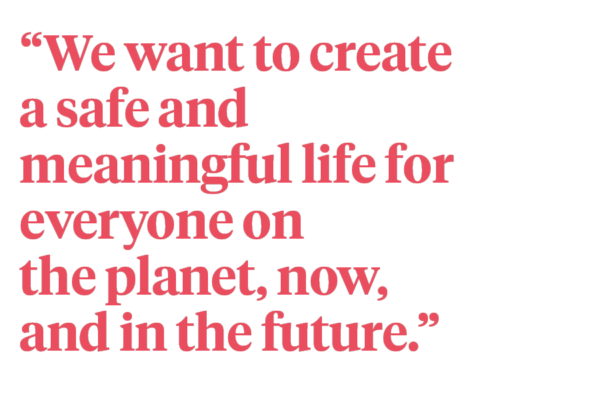
That said, Bamboo Village Uganda is a lot more. It is a nursery, a plantation, a shop. Maybe you call it a movement. With the initial idea of planting and growing bamboo to absorb CO2, and offer carbon compensation to businesses, Bamboo Village Uganda has grown into a movement with lots of different other initiatives.
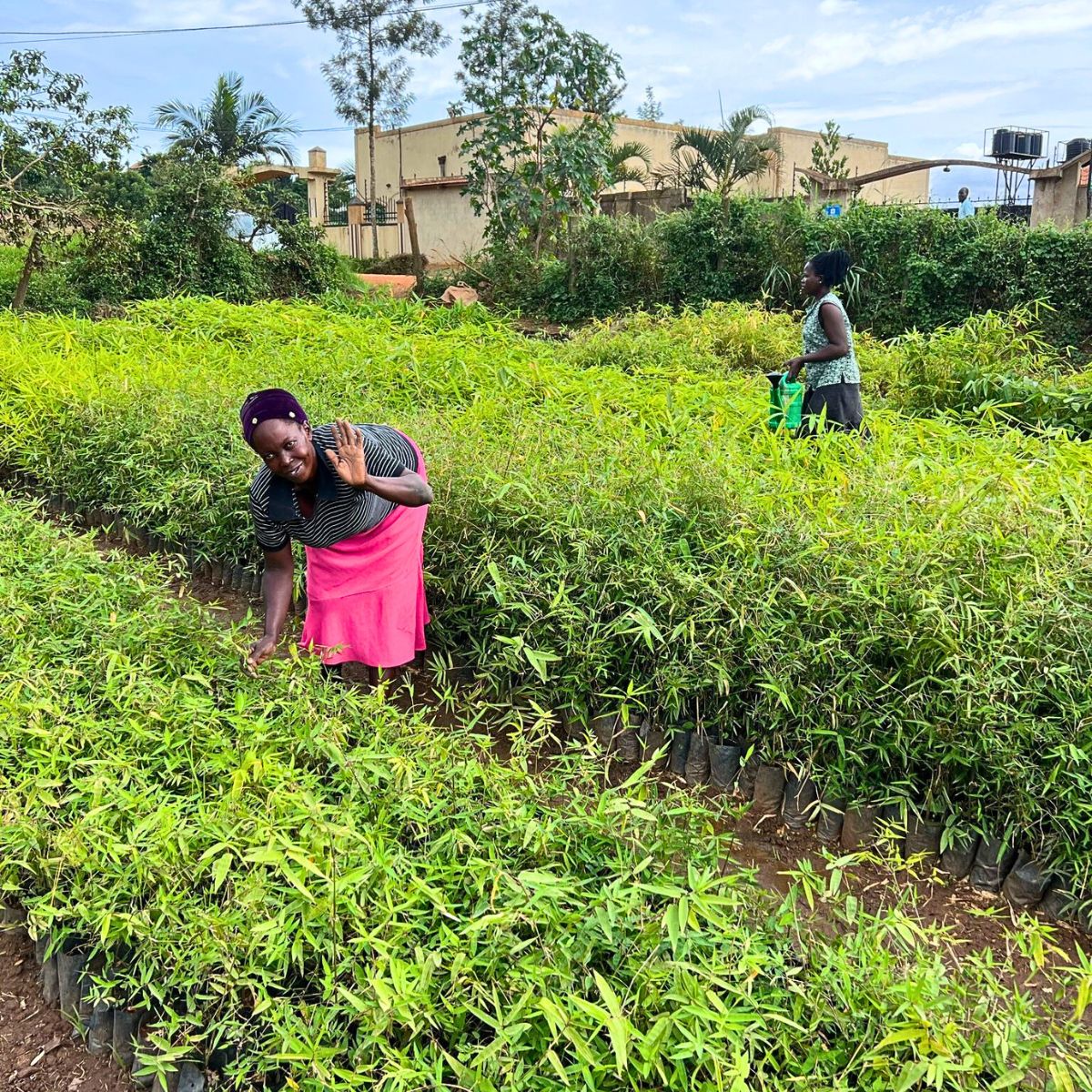
Bamboo is a plant known for its ability to quickly absorb CO2. It grows really fast and is an indigenous plant in Uganda. According to BVU, when planting young bamboo with the residents, they prioritize environmentally friendly cultivation of this plant.
In essence, there is no use of pesticides, mostly manual maintenance is done, and they utilize the river on their land to provide the required water. Preserving the plantation's biodiversity is a top priority for the initiative, ensuring that it is not clear-cut and maintains the ground-covering vegetation and a swamp area on the plantation.
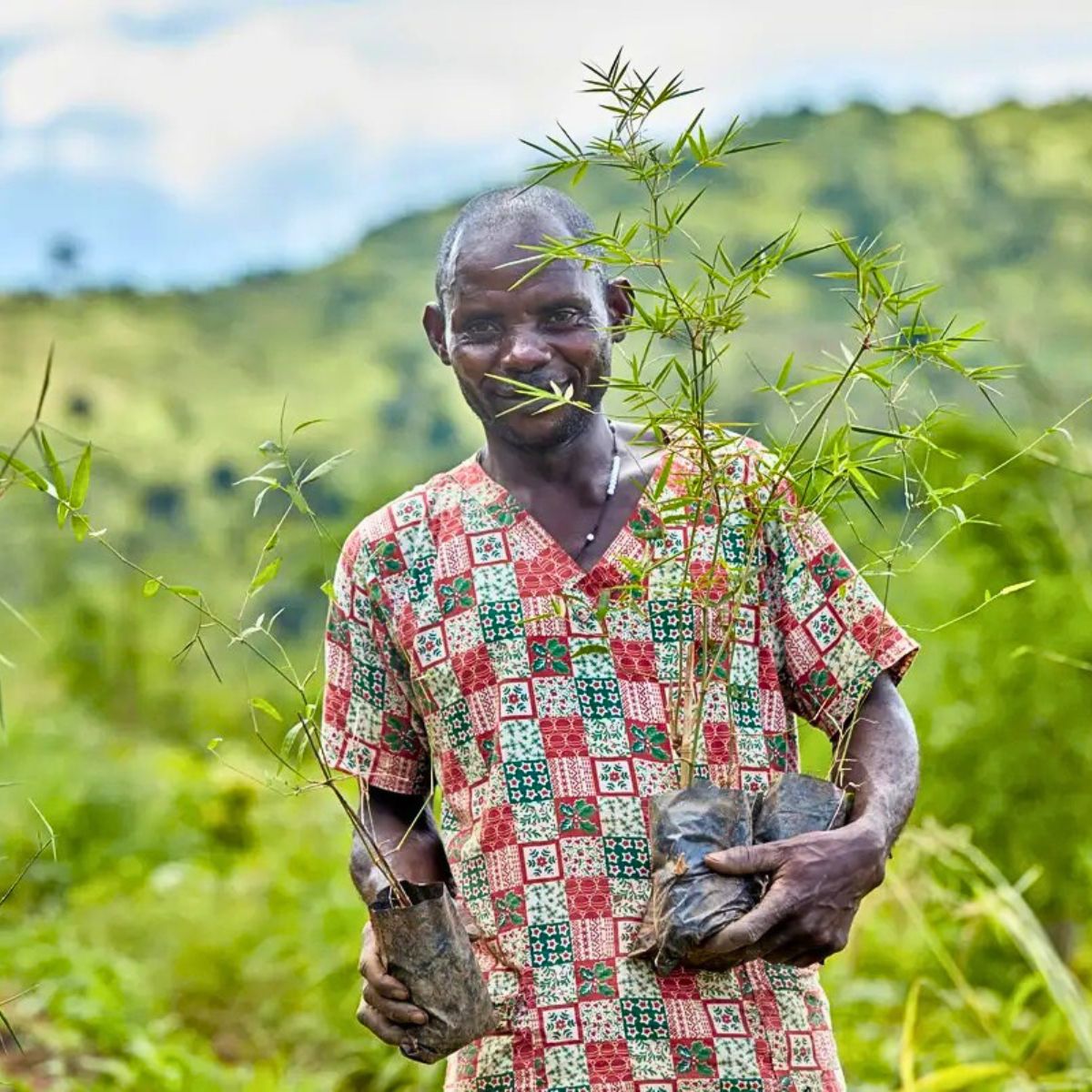
The Bamboo Nursery
Their bamboo nursery is a direct source of employment and long-term jobs for the local community members. Such include working as nursery- and field managers, bamboo specialists, and drivers. In addition, once the bamboo is harvested, it creates additional job opportunities for those who turn the bamboo into different other products.
The Village
The bamboo grown on the plantation is not only used to create products. Bamboo Village Uganda - it's in the name - uses bamboo to build safe and sustainable homes to create a true village around the plantation. The village can host up to two hundred families and has a school, a church, a medical facility, and much more, offering a good future for the wonderful people of the Nakasongola district where the plantation is located.

Bamboo Village Uganda's plantation is officially certified through the Open Natural Carbon Removal Accounting framework, a platform that supports and quantifies natural carbon dioxide removal (CDR) projects.
Your Carbon Footprint
You probably know that all of your daily activities emit greenhouse gases. Your food, your transportation, the heating of your home, taking a shower, watching TV, buying clothes; every single one of your lifestyle choices contributes to the production of these gases, most commonly expressed in kilos of carbon, or CO2. This CO2 is absorbed in the atmosphere and causes an increase in the temperature on Earth, also known as 'global warming', a big threat to all life on the planet.
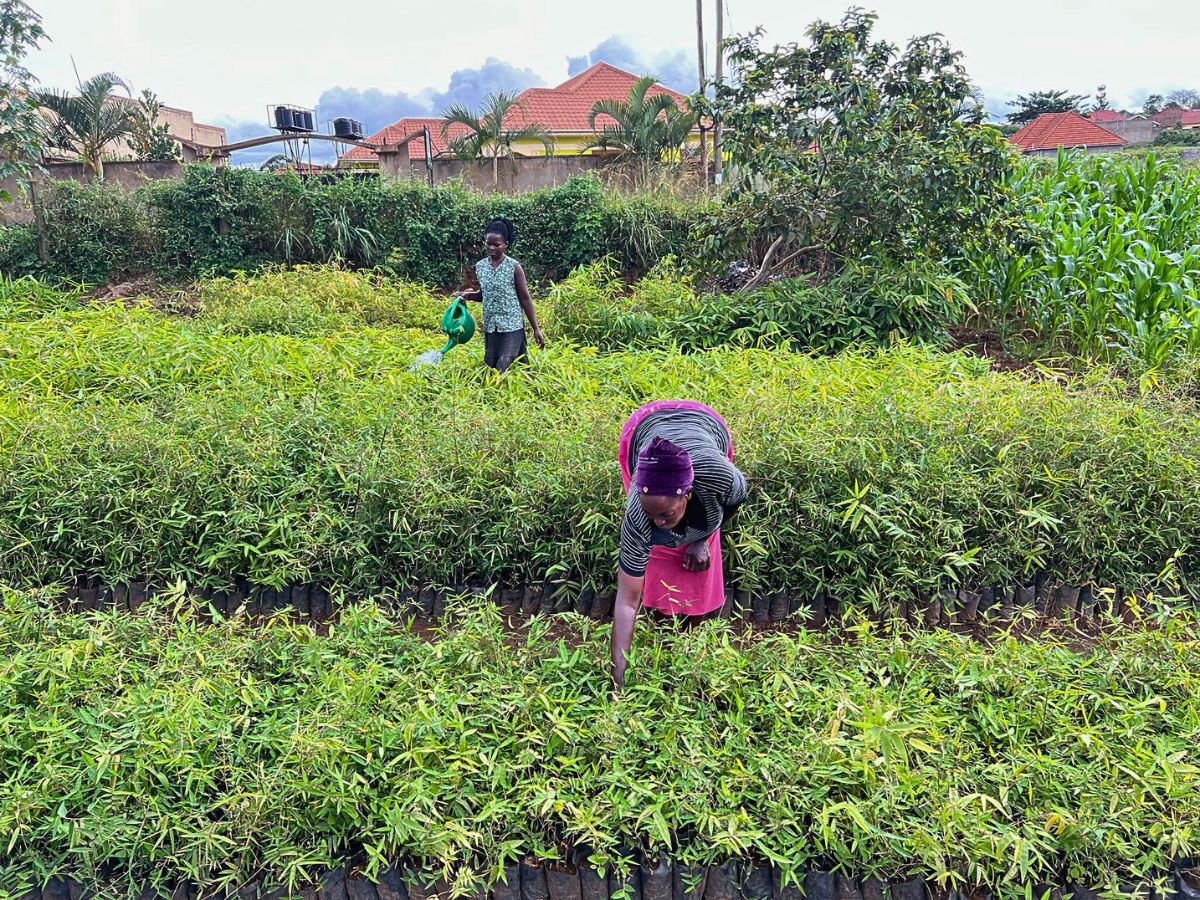
The bamboo plants at BVU have a remarkable ability to absorb carbon dioxide. According to the project, each square meter of its bamboo plants can sequester an average of 267 kilograms of CO2 annually. By investing in just four square meters of bamboo, you can offset over a metric ton (1,000 kilograms) of carbon emissions. And by participating in BVU's carbon compensation project and purchasing a bamboo plot in their village, you can make a tangible difference in mitigating climate change.
In doing so, one not only helps the planet but also supports the local community in Uganda. This carbon capture solution offered by BVU provides an easy and effective way for individuals to take climate action and offset their carbon footprint.
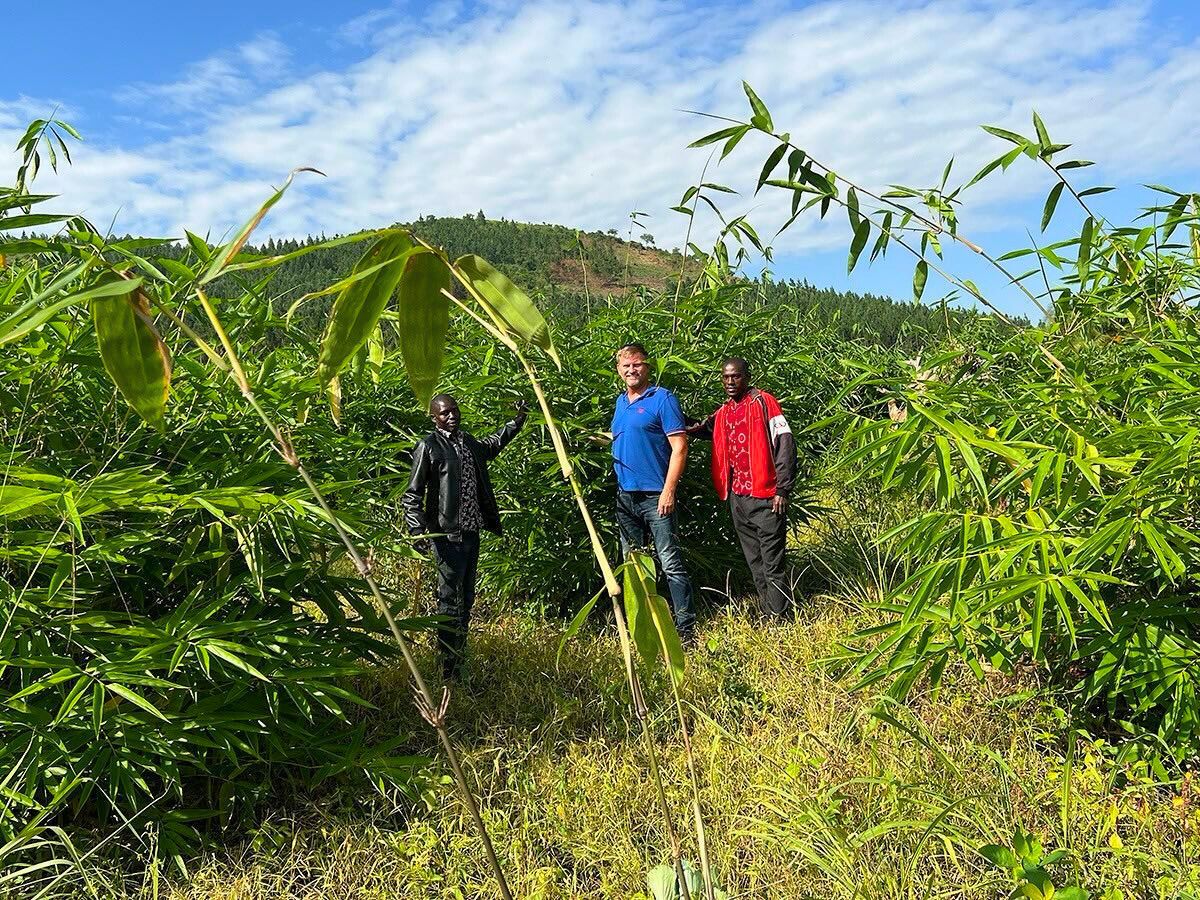
Just so you know, the first step in the fight against global warming is to reduce one's carbon footprint as much as possible. Next to reducing the amount of CO2 one emits, they can join carbon compensation programs.
Carbon Absorption
Trees, bamboo, and oceans act as carbon sinks. These are places where CO2 is stored, instead of being released into the atmosphere. Thus, by planting bamboo you directly contribute to the absorption of carbon and the fight against global warming, given that the plant's fast growth and CO2 absorption capabilities make it a highly effective natural carbon sink that one can invest in directly.
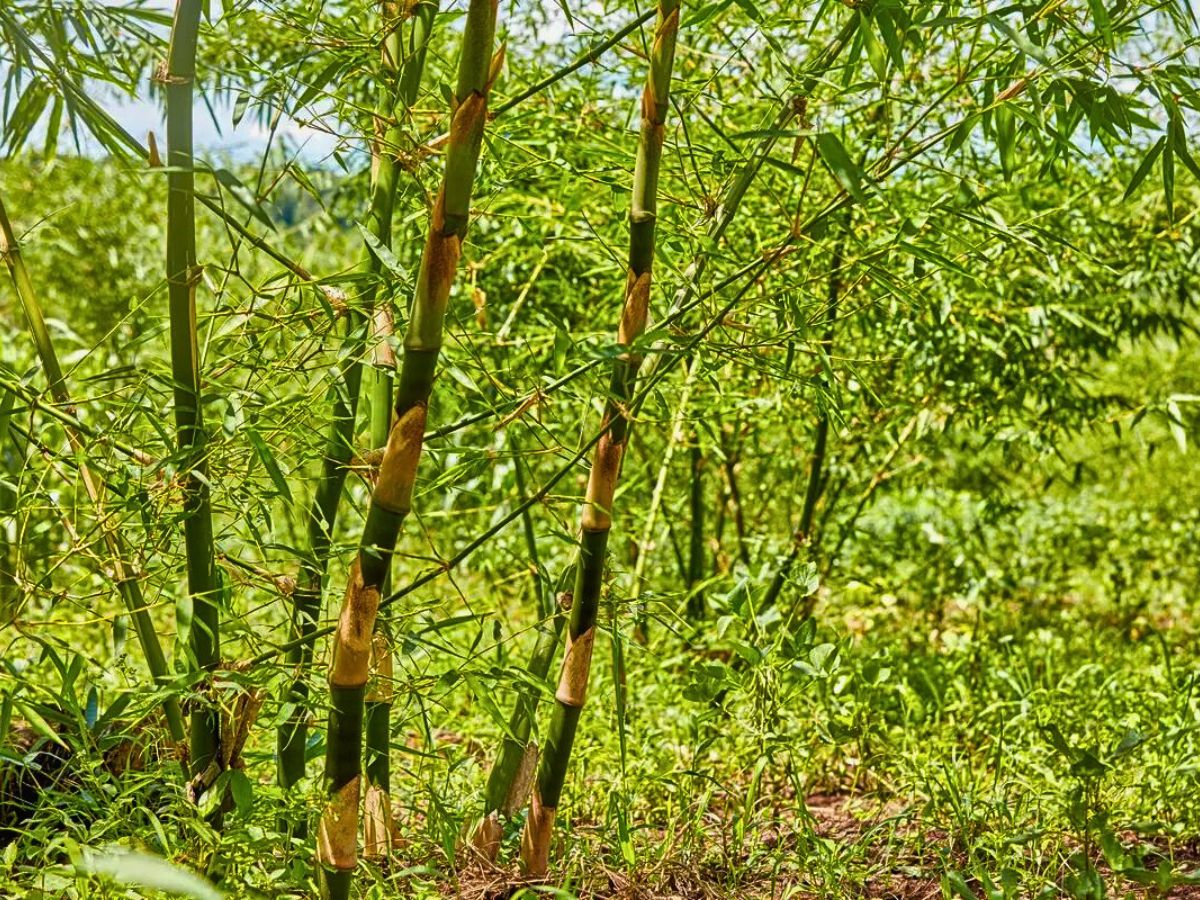
Where It All Started for Henri Potze
For Henri, this is where it all started. He explains that bamboo acts as a natural carbon sink. It is like a reservoir that accumulates and stores the CO2 that is emitted by people's daily activities. Bamboo can grow incredibly fast, which makes it an affordable and attractive solution for carbon footprint compensation. Depending on the species planted (there are over a thousand variations of bamboo), this plant can grow up to 121 centimeters per day!
Henri Potze:
"We want to create a safe and meaningful life for everyone on the planet, now and in the future while respecting the Earth’s natural boundaries."
Become a Friend
You can become a friend of Bamboo Village Uganda and you can even purchase some square meters of bamboo to compensate for your own carbon footprint. For businesses that are interested in joining this movement, you can visit the Bamboo Village Uganda website.
Photos courtesy of Bamboo Village Uganda

